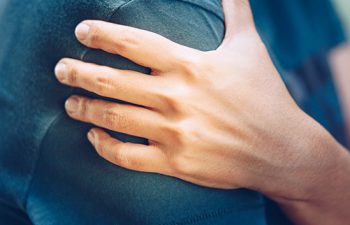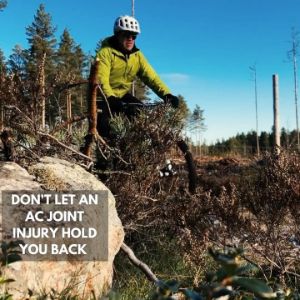Along with eating healthy foods, regular exercise is an important part of a healthy lifestyle. Many people choose to participate in sports for fun and to meet exercise goals. Certain sports also increase the risk for injuries like AC joint separation. Such an injury can be very painful and sideline you for weeks.
What is AC Separation?
The acromioclavicular joint is the shoulder joint where the clavicle, or collarbone, meets with the scapula, or shoulder blade. The acromion is the part of the shoulder blade that meets with the collarbone, forming the AC joint. The cartilage between these two bones provides cushioning and a smooth surface on which they can move. Ligaments on the bones hold them together.
When these ligaments become stretched or torn, the collarbone and acromion become misaligned. This can be quite painful. The injury is graded according to which ligaments are torn and the severity of the tear. A grade 1 injury is mild. There is not much damage and only the joint is injured.
When the damage includes the ligaments holding the AC joint together and the stabilizing ligaments, the injury is a grade 2 injury. The coracoclavicular ligaments, are stabilizing ligaments attaching the collarbone to the coracoid, which is part of the shoulder blade. In this type of injury, the coracoclavicular ligaments are over-stretched, but not torn.
In a grade 3 injury, the collarbone is no longer attached to the shoulder blade. The coracoclavicular ligaments are completely torn, resulting in a deformity at the joint. While it may seem imminent, surgery is not always required even for this severe of an AC injury.
When Is Surgery Necessary?
In the majority of AC injuries, the joint will heal without surgical intervention. You may require certain restrictions, and physical therapy may be part of the healing process. Surgery is determined by a thorough examination of the injury and weighing the advantages and disadvantages.
Dr. Steven Struhl has expertise in healing AC separations. Contact our office for more information about his innovative orthopedic interventions for this injury.
Posted on behalf of Steven Struhl MD





